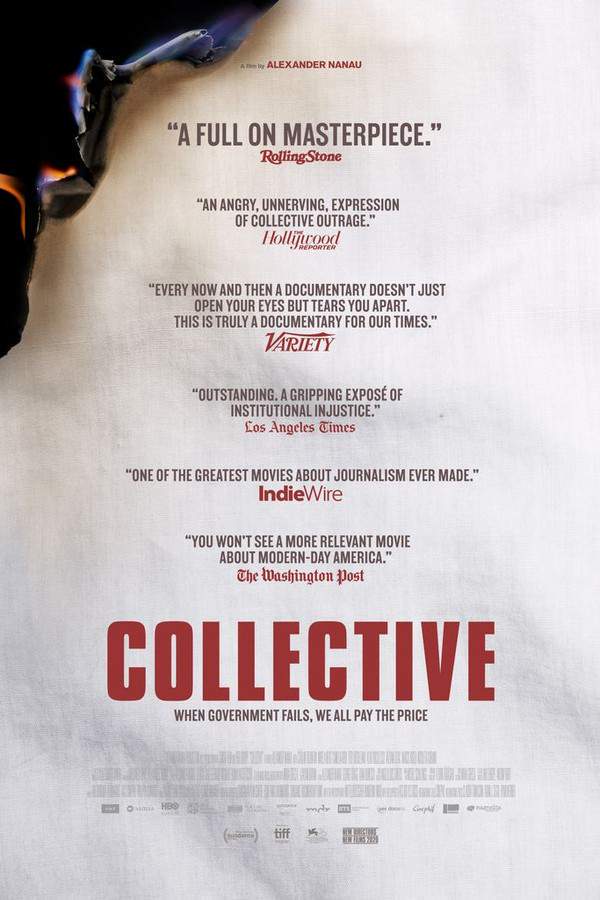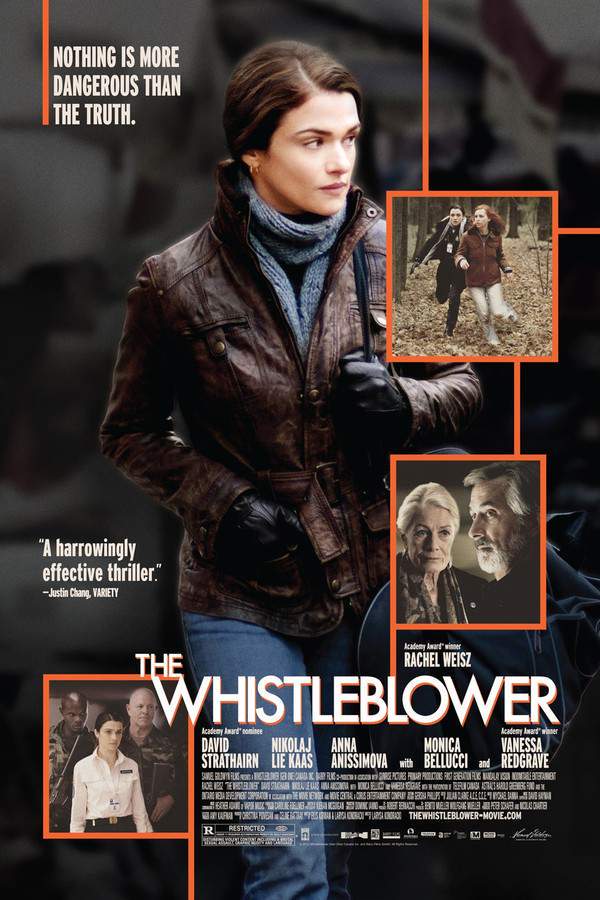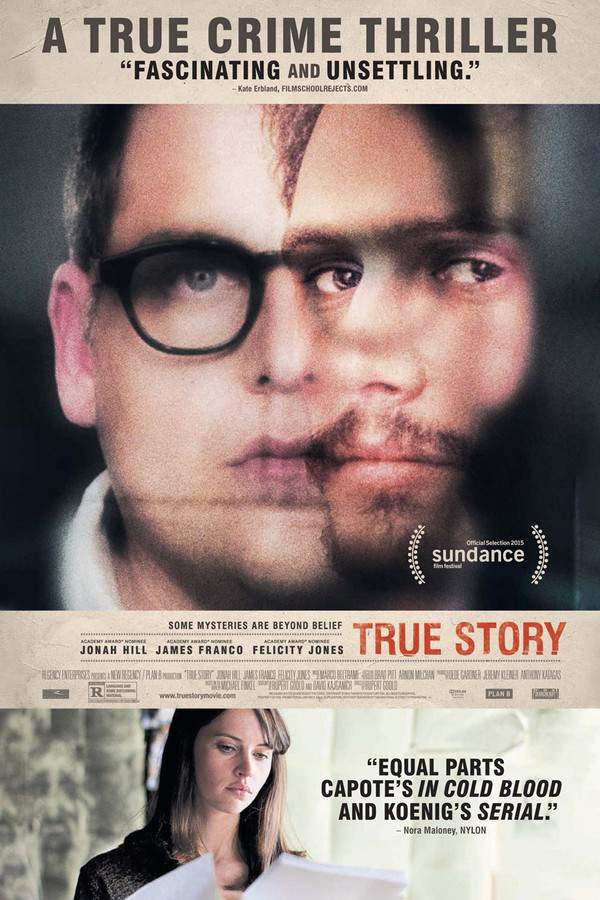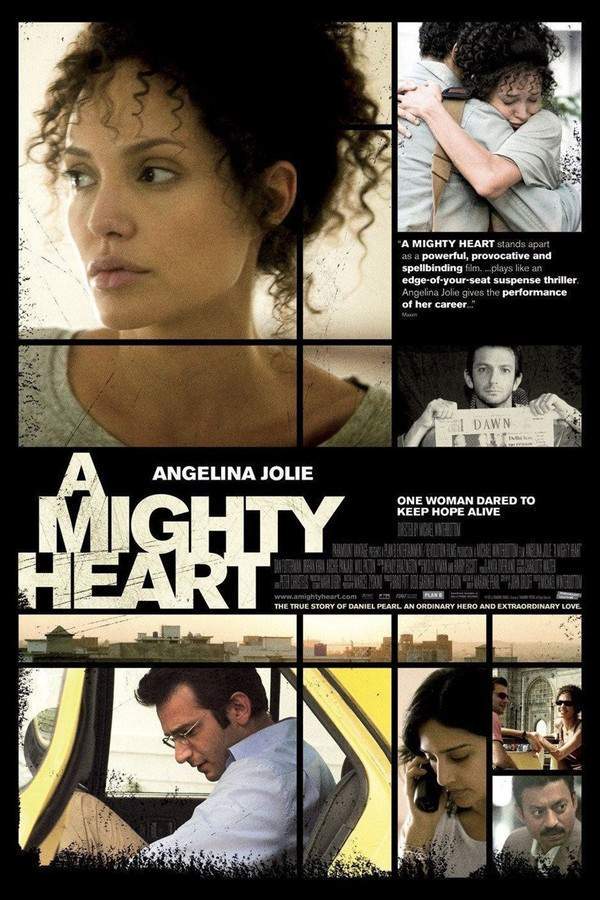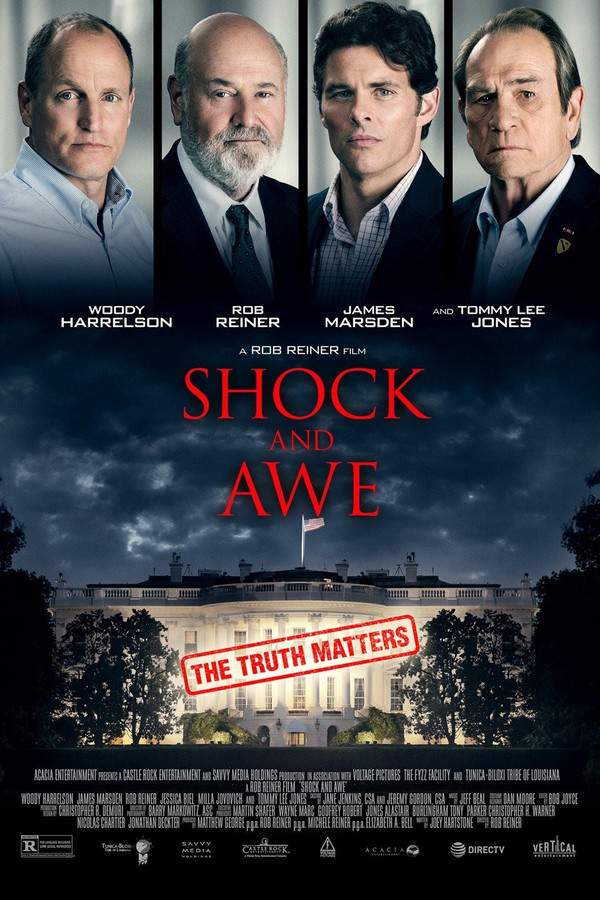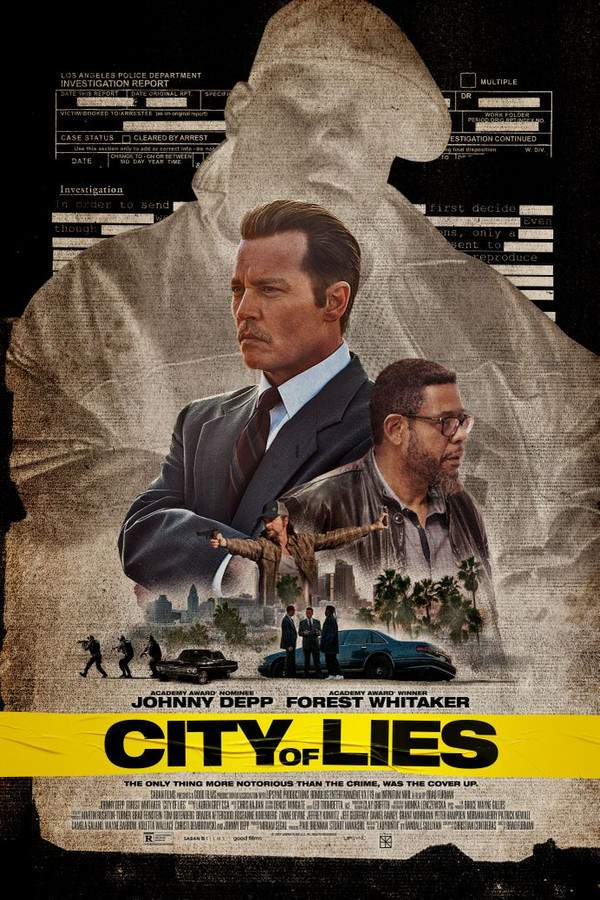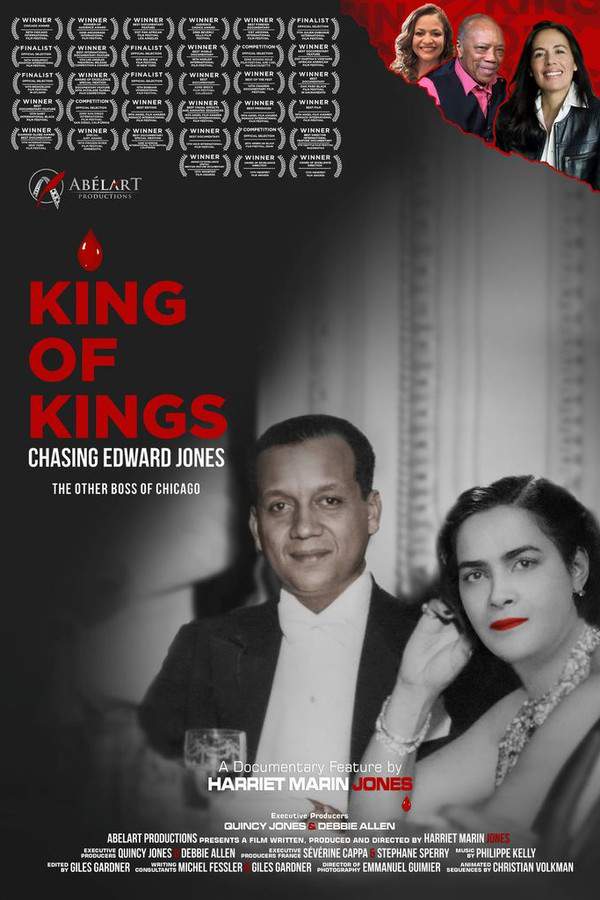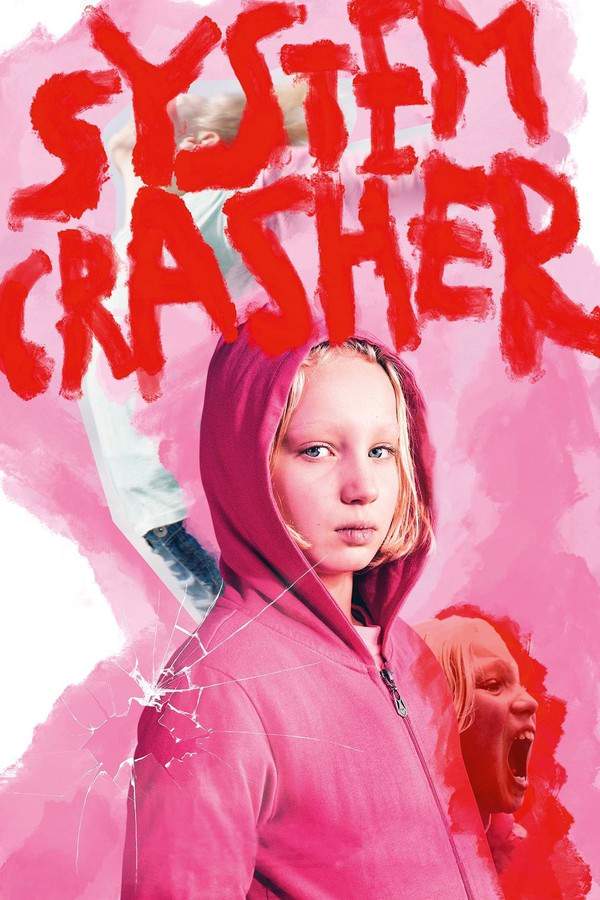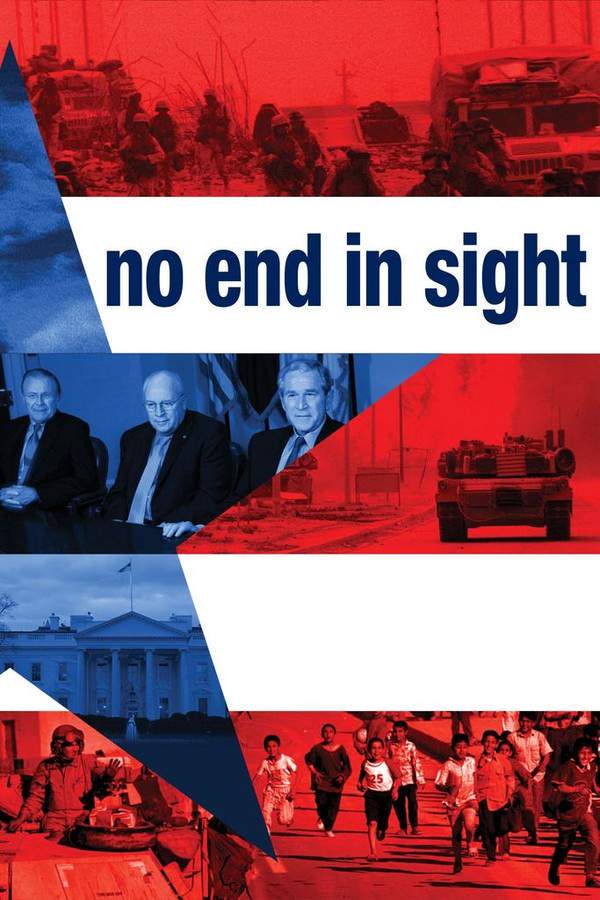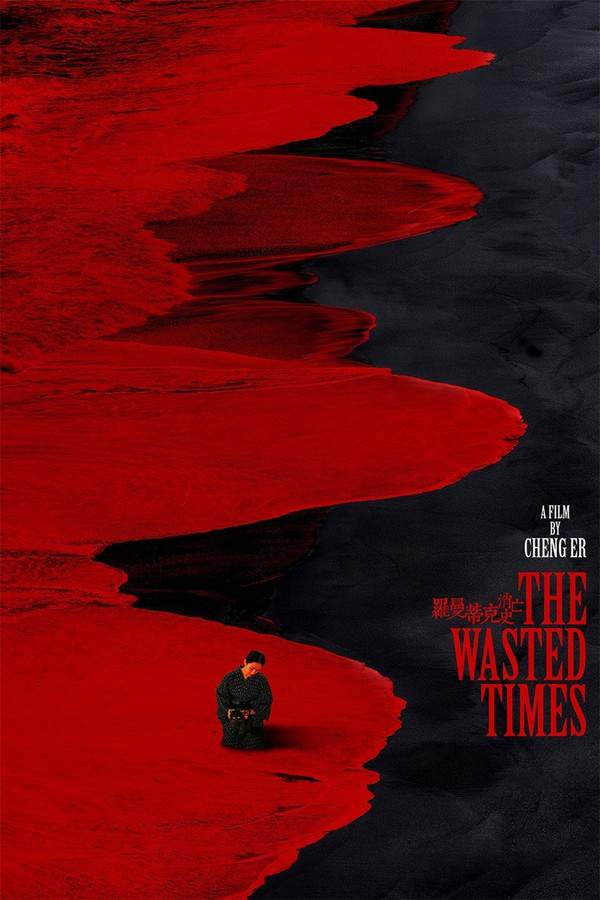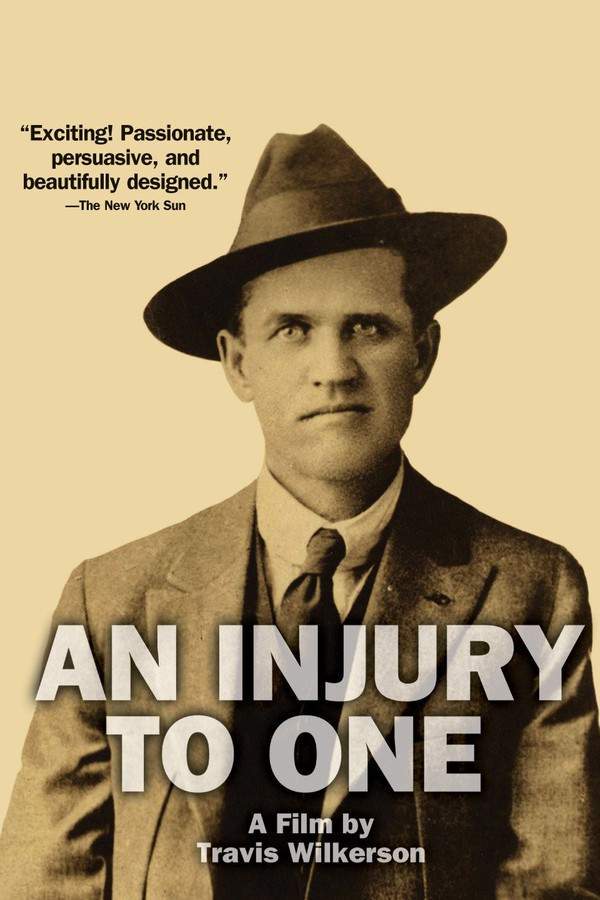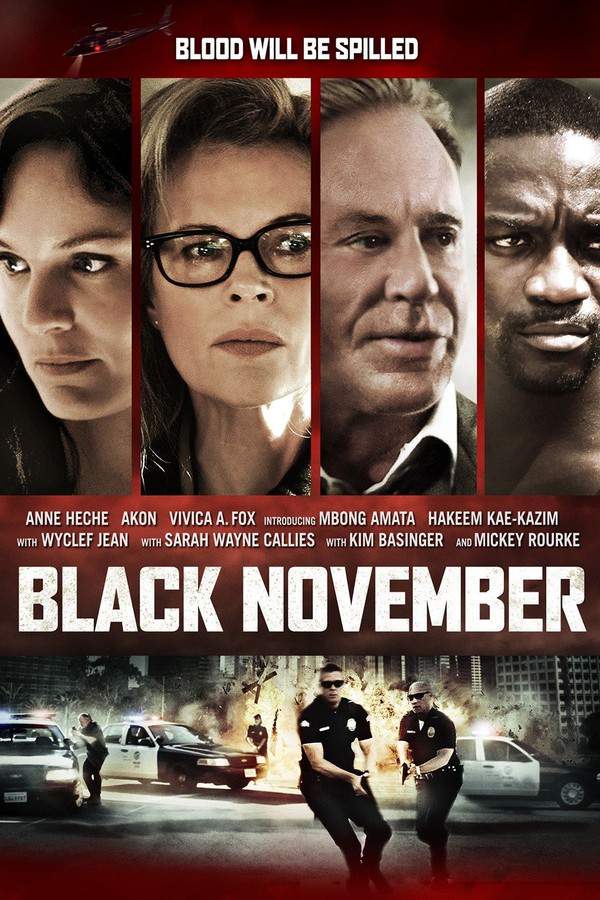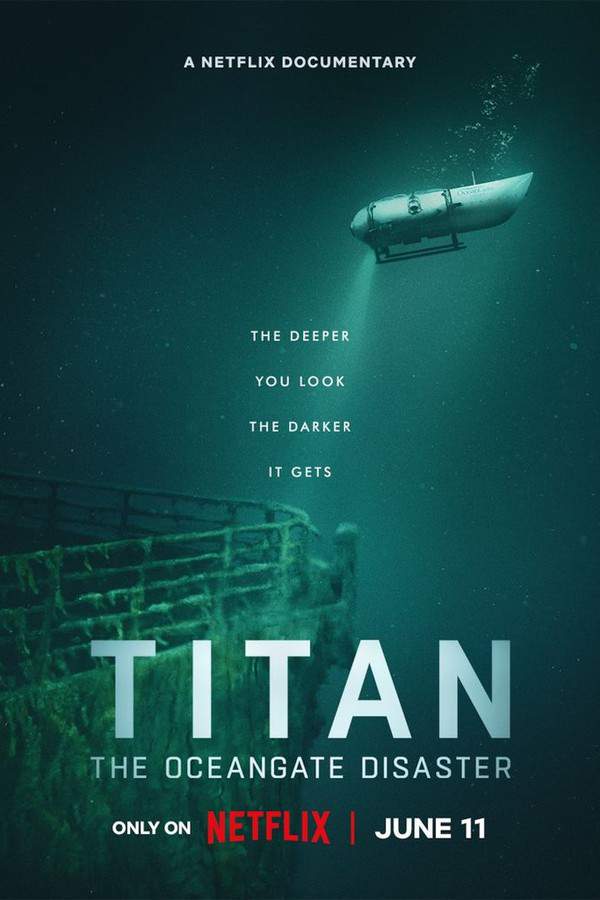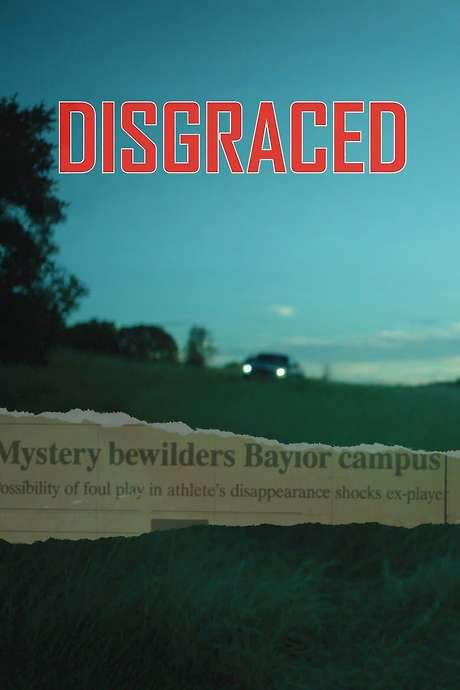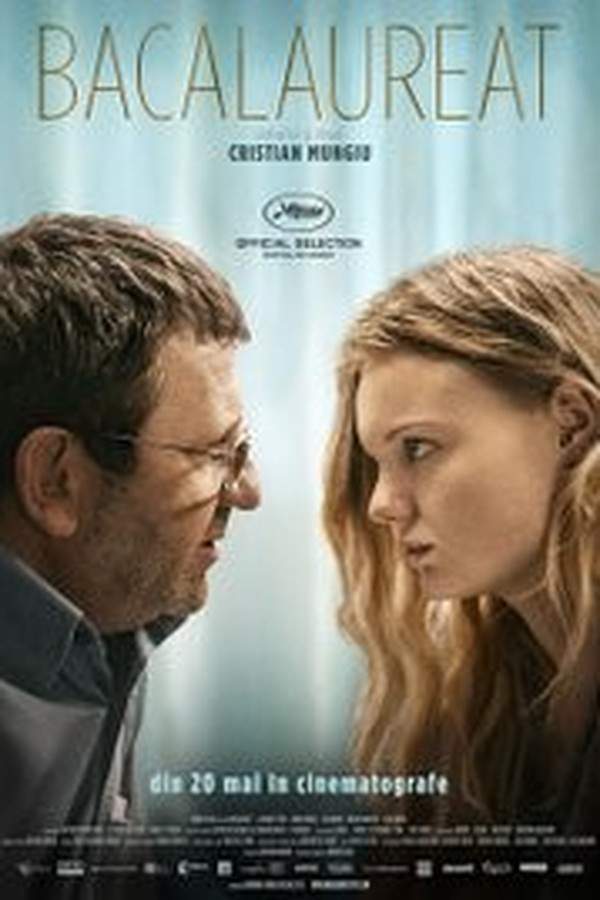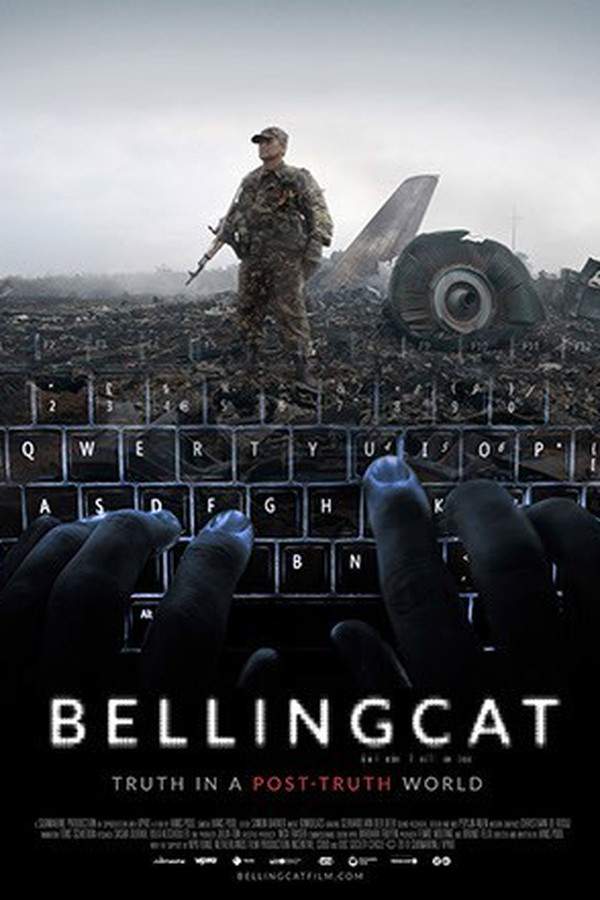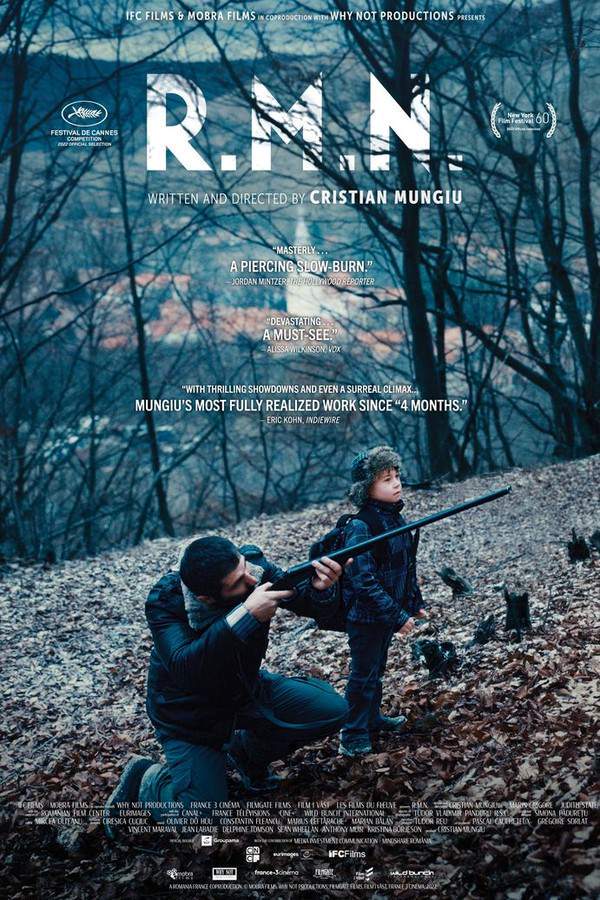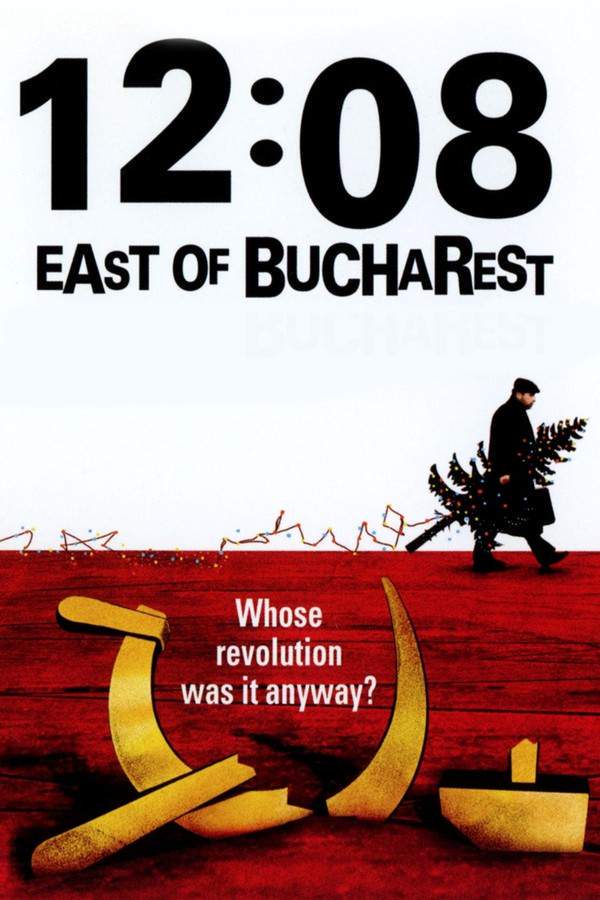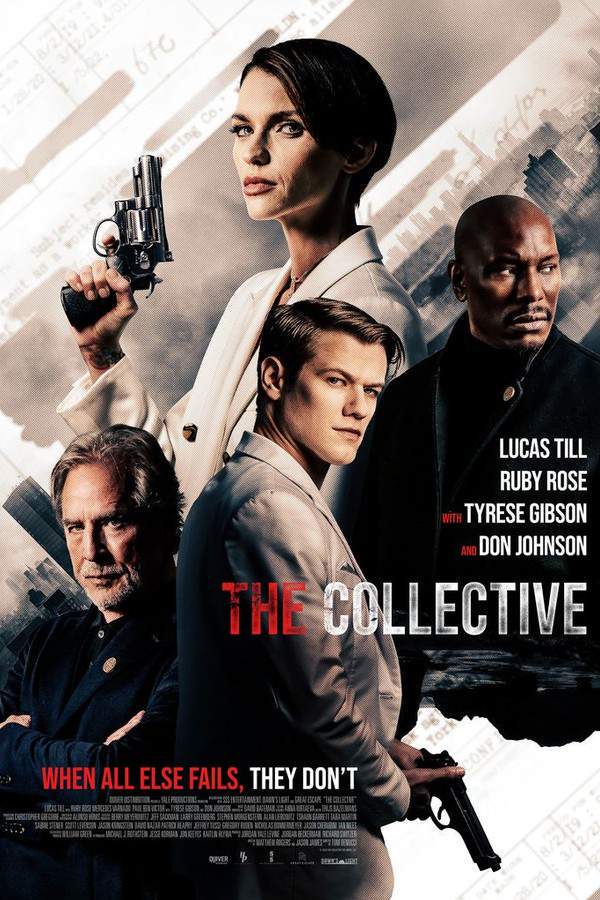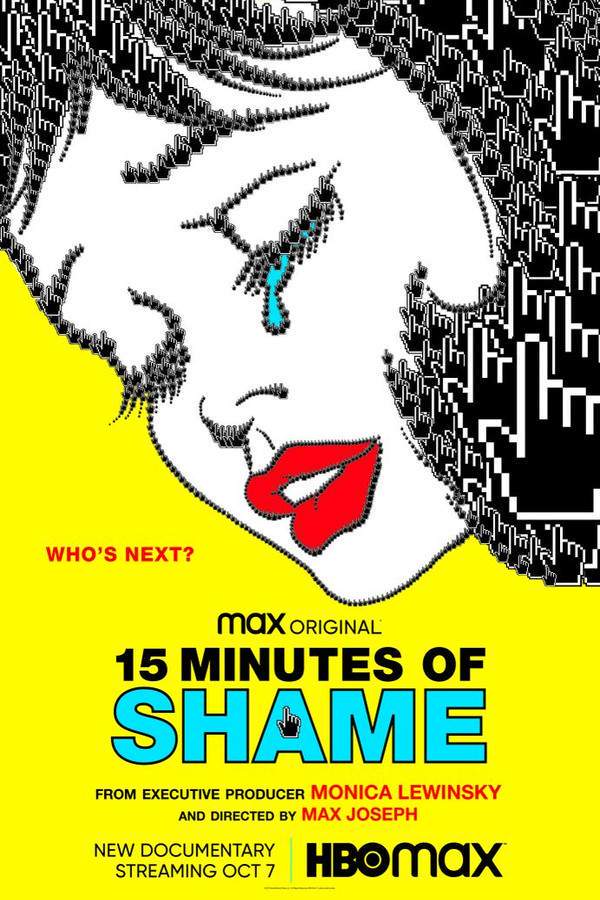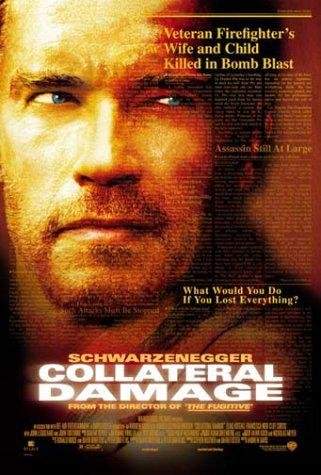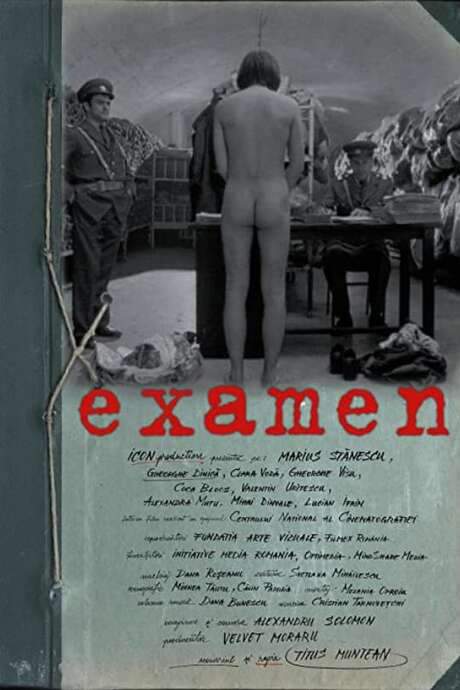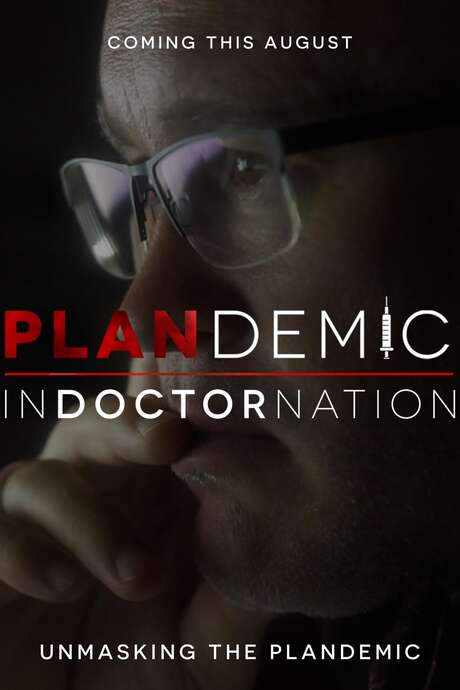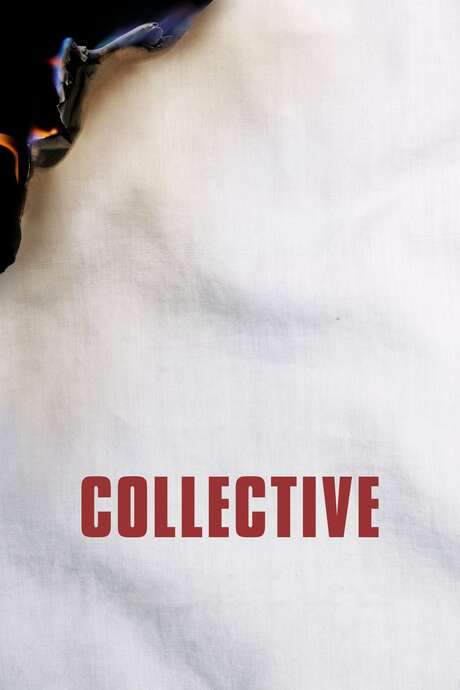
Collective
Following a devastating fire at a Romanian nightclub, burn victims unexpectedly die in hospitals from seemingly minor injuries. Investigative journalists launch an inquiry, uncovering widespread corruption within the healthcare system and government institutions. The film immerses viewers in the pursuit of truth, documenting the actions of journalists, whistleblowers, and those in positions of power, revealing a dysfunctional system rife with corruption, propaganda, and manipulation that has far-reaching consequences.
Warning: spoilers below!
Haven’t seen Collective yet? This summary contains major spoilers. Bookmark the page, watch the movie, and come back for the full breakdown. If you're ready, scroll on and relive the story!
Collective (2019) – Full Plot Summary & Ending Explained
Read the complete plot breakdown of Collective (2019), including all key story events, major twists, and the ending explained in detail. Discover what really happened—and what it all means.
In October 2015, tragedy struck Bucharest, Romania, when a devastating fire erupted at the Colectiv nightclub, resulting in the immediate deaths of 27 individuals and leaving 180 others injured. The disaster exposed severe safety violations, particularly the absence of adequate fire exits, which fueled widespread outrage across the country. The public’s anger was so intense that thousands took to the streets, demanding accountability and justice. As a response, the government, led by the Social Democratic Party, resigned, and a temporary technocrat administration was established to govern until the next elections, in an effort to restore public trust.
Over the following months, despite the initial hope for reform, 37 more victims succumbed to their injuries in hospitals. These tragic deaths intensified concerns about the healthcare system’s quality and management. Many hospitals appeared to mishandle patient care, with errors and negligence leading to preventable fatalities. Official statements from hospital authorities claimed that all necessary procedures were being followed and that the hospitals were operating normally, but this was soon proven false through investigative efforts.
A team of dedicated local journalists from the Sports Gazette began digging into this issue, uncovering evidence of systemic mismanagement. Their investigation revealed that many patients were dying from bacterial infections because of unsafe hospital conditions, and they suspected that hospital disinfectants might be part of the problem. Through sources within the healthcare system, they learned that disinfectants used in numerous hospitals might be diluted, rendering them ineffective. They obtained documents suggesting that the disinfectant solutions supplied by Hexi Pharma—a major pharmaceutical company—were being falsely labeled as properly concentrated.
The journalists arranged for rigorous testing of the disinfectants, which confirmed that the solutions provided were diluted to just ten percent of their proper strength. This discovery pointed to widespread negligence and intent to deceive, prompting the Sports Gazette to publish a detailed investigation into Hexi Pharma’s practices and the government’s failure to monitor or regulate the quality of medical supplies. The article also exposed how the government, including the Minister of Health, had been dismissive of the evidence, claiming that the disinfectants were still effective in 95 percent of cases, despite contrary laboratory results. The health minister’s repeated assertions, despite mounting evidence, fueled public suspicion of corruption and cover-ups.
Further investigation uncovered a long-standing connection between Hexi Pharma and Dan Condrea, the company’s head, who was secretly involved in a complex scheme. Source documents revealed that Condrea had been bribing government officials, inflating the prices of diluted disinfectants, and storing enormous sums of money in offshore accounts. This illegal scheme enabled him to wield significant influence over health policies and hospital management, contributing to the continued unsafe conditions in hospitals across Romania.
As the scandal unraveled, Condrea was tragically killed in a car crash, with suspicion swirling about whether it was an accident or an orchestrated murder to prevent him from potentially revealing damaging information. Meanwhile, the government faced mounting pressure to address the crisis. A new health minister, Vlad, a former patient rights activist, stepped into the spotlight, promising transparency and a commitment to reform. He publicly vowed to investigate and dismantle the corrupt hospital management system, though he encountered formidable bureaucratic resistance.
Vlad was appalled to discover that hospitals were still using diluted disinfectants, and he endeavored to enforce strict regulations on hospital managers, many of whom had bought their positions through bribery. Nonetheless, corruption was deeply entrenched, and reform proved difficult. The Sports Gazette gained access to audio recordings of abusive hospital managers who had been stealing funds through fake invoices and had even built private clinics abroad, illustrating the extent of financial corruption draining public resources.
Amidst this chaos, one of the Colectiv victims, Tedy, who was severely disfigured, was fitted with a robotic hand. She participated in an art exhibit, sharing her story through portraits that vividly displayed the physical and emotional scars from the tragedy. Vlad assured her and other victims that the government planned to fund treatments abroad and had renovated the burn unit to better serve future patients. However, he also confronted the painful truth: the previous administration had prioritized profits and political interests over patient care, delaying critical treatments and contributing to avoidable deaths.
As reform efforts intensified, Vlad pushed forward with comprehensive regulations, including vetting hospital managers and establishing protections for whistleblowers. Despite strong opposition, he persisted in trying to root out systemic corruption—an effort almost compared to “teaching a pig to dance.” Yet, the pervasive corruption remained a formidable barrier.
Meanwhile, the investigation revealed that some hospitals had falsified transplant certifications under political pressure, prompting Vlad to announce plans to send transplant patients abroad, despite resistance from within the medical community. The discovery of ongoing accreditation fakes and bribery scandals underscored how deep-rooted the issues were. As tensions rose, Vlad declared that the entire system was rotten, and expressed concern about upcoming elections, fearing that a low voter turnout might allow the corrupt political forces to regain control.
The political landscape continued to be turbulent—campaigns and accusations intensified, and the Medialogica team faced threats from organized crime figures warning them to be cautious. As voters ultimately turned out in low numbers, the Social Democrats secured a sweeping majority, leaving many victims’ families devastated and Vlad feeling that much progress had been lost. Amidst all this, the nation mourned the systemic failures that led to the tragedy, while calls for justice and accountability persisted, highlighting how corruption, negligence, and greed had perpetuated a cycle of suffering for years.
Last Updated: August 19, 2025 at 05:12
Explore Movie Threads
Discover curated groups of movies connected by mood, themes, and story style. Browse collections built around emotion, atmosphere, and narrative focus to easily find films that match what you feel like watching right now.
Movies about journalism exposing corruption like Collective
Documentaries and dramas where dogged reporters expose systemic corruption.If you were captivated by the urgent, high-stakes investigation in Collective, explore these movies like it. This list features similar documentaries and dramas about journalists and whistleblowers uncovering systemic corruption, government scandals, and corporate greed, offering a tense and infuriating look at the fight for truth.
Narrative Summary
These narratives typically follow a linear, procedural path as investigators methodically peel back layers of deception. The journey begins with a triggering event or a nagging inconsistency, leading to a painstaking gathering of evidence, confronting powerful figures, and facing threats or obstruction. The climax often reveals the shocking scale of the malfeasance, though victory is frequently bittersweet or pyrrhic.
Why These Movies?
Movies in this thread are grouped by their shared focus on the investigative process, their dark and urgent tone, and their heavy emotional weight derived from real-world injustice. They create a specific, infuriating vibe centered on the pursuit of truth in the face of overwhelming institutional power.
Bleak documentaries about systemic failure like Collective
Sobering non-fiction stories about institutional collapse and human cost.For viewers seeking the grim, real-world impact of Collective, this list highlights similar bleak documentaries. These films explore stories of institutional collapse, government scandal, and public health crises, delivering a heavy emotional weight and a sobering perspective on how systems fail those they are meant to protect.
Narrative Summary
The narrative pattern involves presenting a catastrophic event as a case study to examine a flawed system. The film meticulously traces the chain of cause and effect, linking individual suffering to structural problems. The journey is one of revelation, moving from initial shock to a deeper understanding of the pervasive nature of the failure, often concluding with a bleak acknowledgment that the root problems remain largely unchanged.
Why These Movies?
These films are united by their bleak tone, heavy emotional weight, and focus on the theme of systemic failure. They share a similar vibe of infuriation and grim realism, prioritizing a sober examination of truth over narrative closure or hope, making them a cohesive group for viewers seeking this specific, challenging experience.
Unlock the Full Story of Collective
Don't stop at just watching — explore Collective in full detail. From the complete plot summary and scene-by-scene timeline to character breakdowns, thematic analysis, and a deep dive into the ending — every page helps you truly understand what Collective is all about. Plus, discover what's next after the movie.
Collective Timeline
Track the full timeline of Collective with every major event arranged chronologically. Perfect for decoding non-linear storytelling, flashbacks, or parallel narratives with a clear scene-by-scene breakdown.

Characters, Settings & Themes in Collective
Discover the characters, locations, and core themes that shape Collective. Get insights into symbolic elements, setting significance, and deeper narrative meaning — ideal for thematic analysis and movie breakdowns.

Collective Spoiler-Free Summary
Get a quick, spoiler-free overview of Collective that covers the main plot points and key details without revealing any major twists or spoilers. Perfect for those who want to know what to expect before diving in.

More About Collective
Visit What's After the Movie to explore more about Collective: box office results, cast and crew info, production details, post-credit scenes, and external links — all in one place for movie fans and researchers.

Similar Movies to Collective
Discover movies like Collective that share similar genres, themes, and storytelling elements. Whether you’re drawn to the atmosphere, character arcs, or plot structure, these curated recommendations will help you explore more films you’ll love.
Explore More About Movie Collective
Collective (2019) Scene-by-Scene Movie Timeline
Collective (2019) Movie Characters, Themes & Settings
Collective (2019) Spoiler-Free Summary & Key Flow
Movies Like Collective – Similar Titles You’ll Enjoy
Graduation (2017) Full Summary & Key Details
Bellingcat: Truth in a Post-Truth World (2020) Detailed Story Recap
Collective (2020) Film Overview & Timeline
R.M.N. (2023) Complete Plot Breakdown
12:08 East of Bucharest (2007) Plot Summary & Ending Explained
The Collective (2023) Film Overview & Timeline
15 Minutes (2001) Plot Summary & Ending Explained
Collateral Damages (2004) Detailed Story Recap
The Drug Trial: Emergency at the Hospital (2017) Plot Summary & Ending Explained
30 Years of Democracy (2019) Complete Plot Breakdown
Exam (2003) Detailed Story Recap
Power Trip (2003) Movie Recap & Themes
The Killing of America (1981) Ending Explained & Film Insights
Plandemic (2020) Story Summary & Characters
Burning Days (2022) Detailed Story Recap

